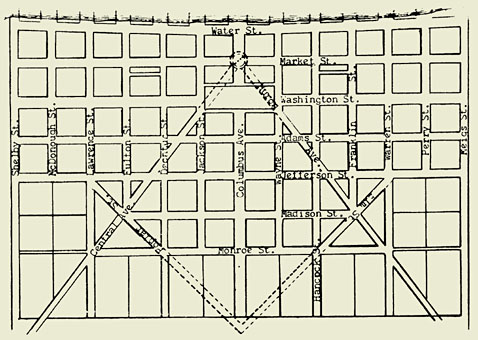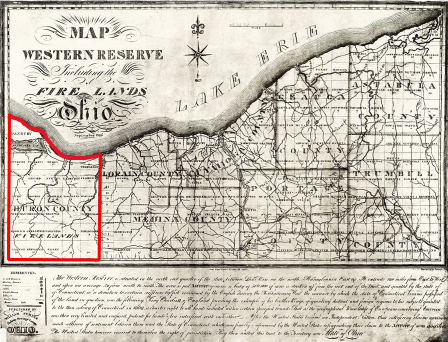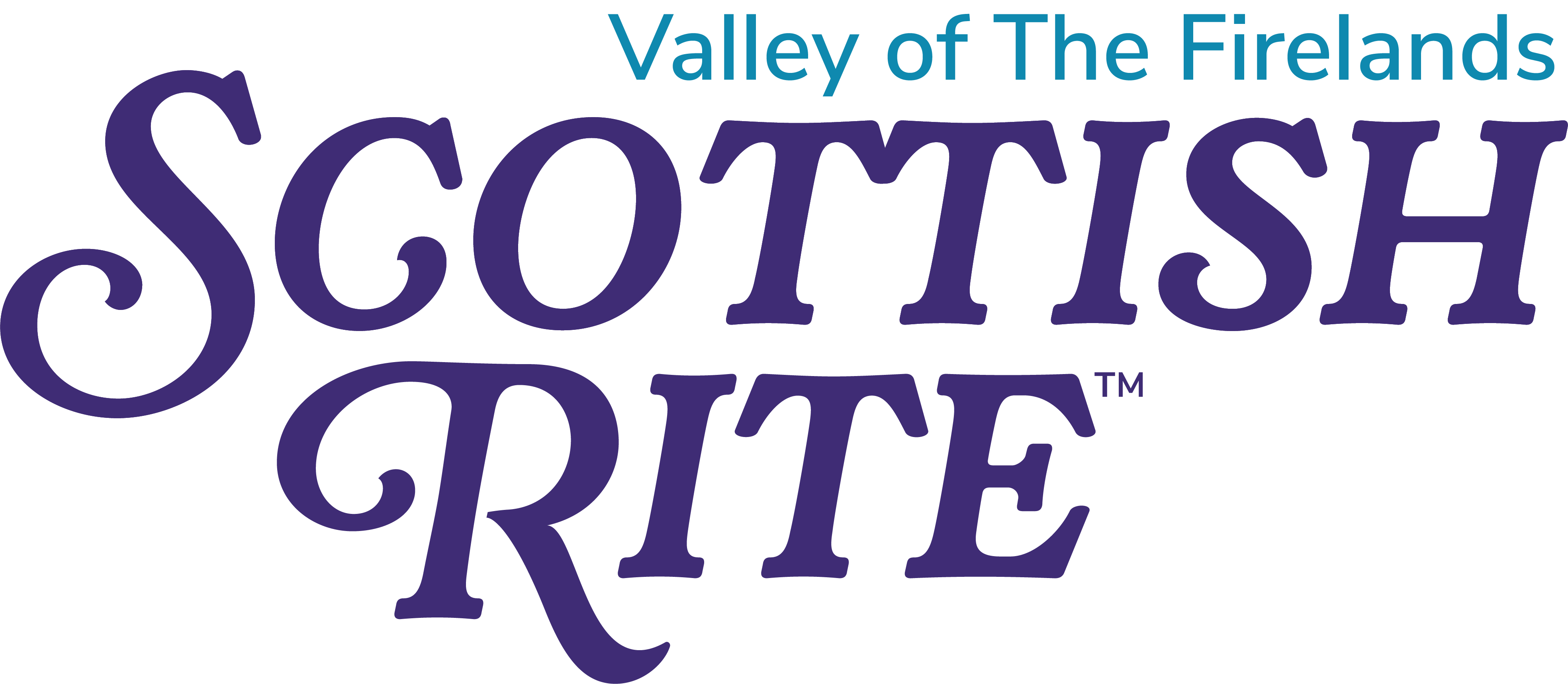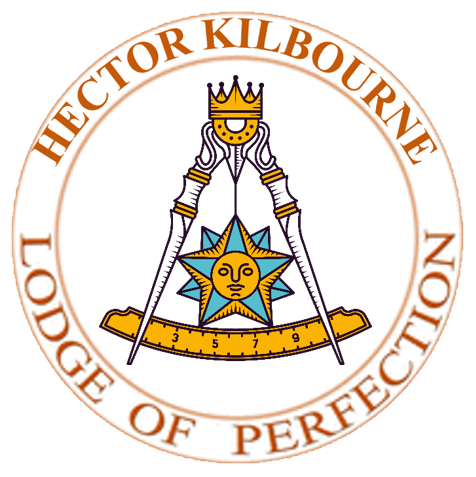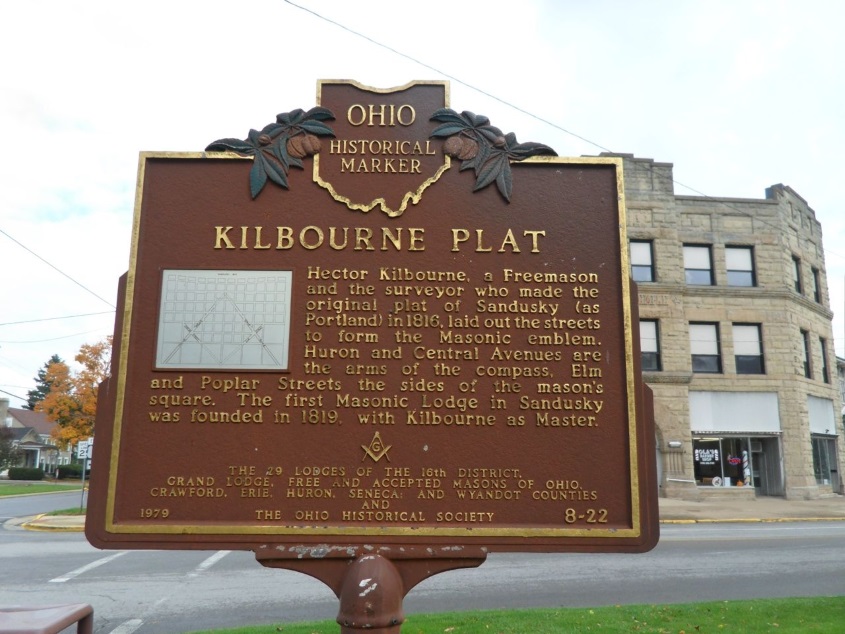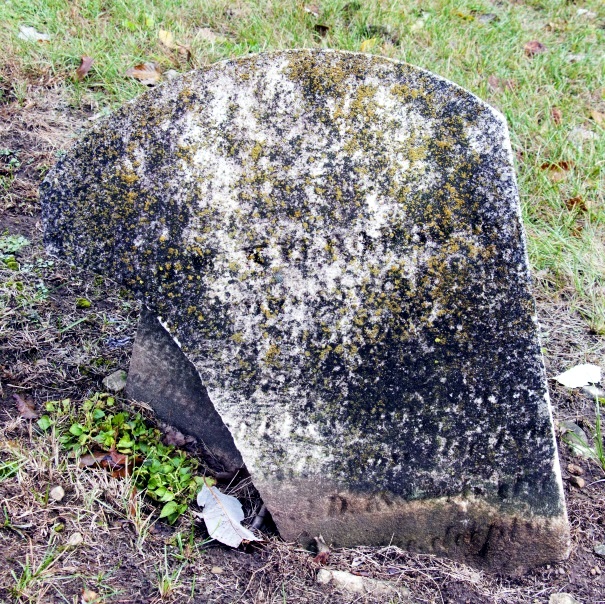|
|
History Behind the Names of the Valley Bodies
Why the Hector Kilbourne Lodge of Perfection?
Sandusky (originally called Ogontz Place, Portland, and Sandusky City) was initially platted by Zalmon Wildman in 1816. In 1817, Col. James Kilbourne, an Episcopal minister, Veteran of the War of 1812, Freemason, public land surveyor, member of the U.S. House of Representatives, and the founder of Worthington, Ohio, traveled to New York City to negotiate a land compromise between Zalmon Wildman and Isaac Mills, who had conflicting claims to land in Portland Township. Kilbourne mediated a compromise whereby Wildman would receive three quarters and Mills one-quarter of a larger town to be established on the site of what was to have been “Sandusky City.” Kilbourne received a one-quarter share of the city.
The next year (1818), Kilbourne’s twenty-seven-year-old son Hector (b. April 25, 1791), also a surveyor, created a new plat for the future city Hector came up from Worthington to lay out
the original plan of the city. He ran the lines or streets to represent an open Bible, Square and Compasses in correct position to proceed with labor upon opening the Lodge. Master Masons well know the position of the Square and Compasses used in the Lodge room when open. Kilbourne also named the streets in honor of the statesmen, warriors and others prominent in the early history of the country. For example, the streets heading south out of Washington Park are named after the first 5 presidents in order of their succession: Washington, Adams, Jefferson, Madison, and Monroe. The first Masonic Lodge in Sandusky was founded in 1819, with Hector Kilbourne as Master.
Hector Kilbourne remained in Sandusky for several years after laying out the city, eventually moving to the Columbus area. He died on December 18, 1837, at the home of his sister Lucy Matthews in Columbus, Ohio, at age 47 and is interred at Green Lawn Cemetery near Columbus.
Why the Seneca-Green Springs Council of Princes of Jerusalem?
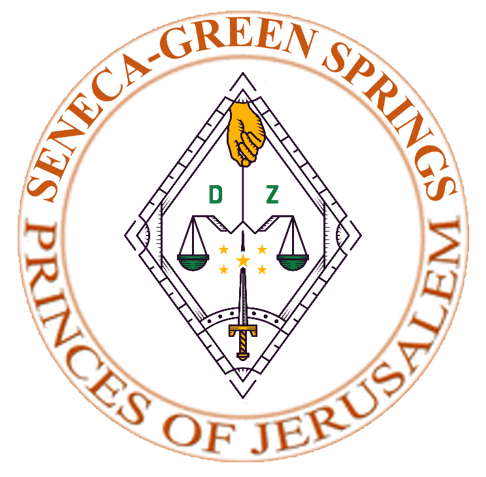 According to Seneca oral history, the tribe originated in a village called Nundawao near the south end of Canandaigua Lake in New York. Near South Hill stands 865-foot-high Bare Hill, called by the Seneca Genundowa and the site of an ancestral Seneca fort.
According to Seneca oral history, the tribe originated in a village called Nundawao near the south end of Canandaigua Lake in New York. Near South Hill stands 865-foot-high Bare Hill, called by the Seneca Genundowa and the site of an ancestral Seneca fort.

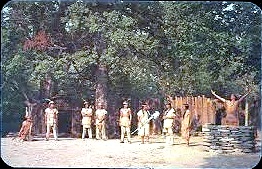
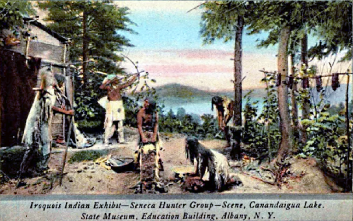
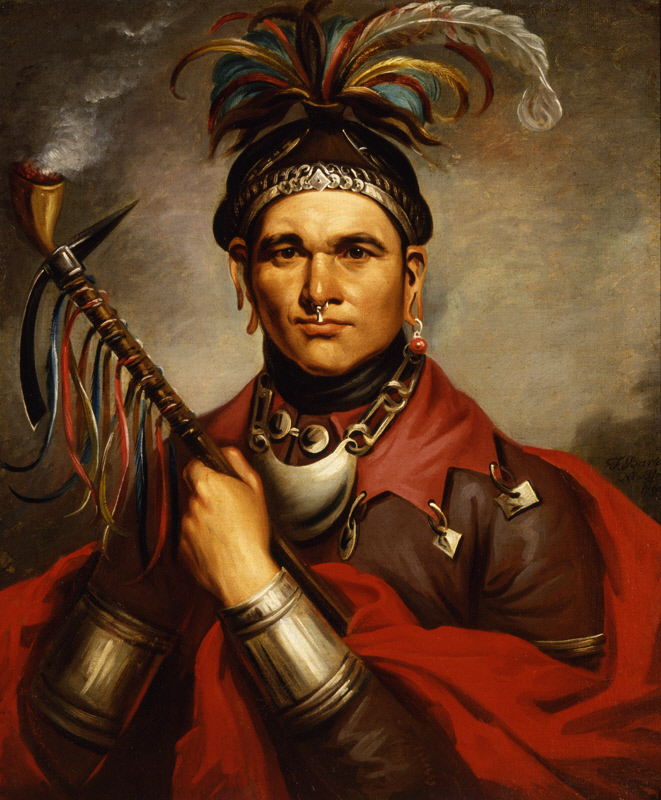 Cornplanter, a Dutch-Seneca chief warrior, fought in the American Revolutionary War on the side of the British. After the war Cornplanter led negotiations with the United States and was a signatory of the Treaty of Fort Stanwix (1784), the Treaty of Canandaigua (1794), and other treaties. He also helped ensure Seneca neutrality during the Northwest Indian War.
Cornplanter, a Dutch-Seneca chief warrior, fought in the American Revolutionary War on the side of the British. After the war Cornplanter led negotiations with the United States and was a signatory of the Treaty of Fort Stanwix (1784), the Treaty of Canandaigua (1794), and other treaties. He also helped ensure Seneca neutrality during the Northwest Indian War.
In 1817 the United States government signed the Fort Meigs or Maumee Rapids Treaty with the Seneca by which they ceded all claims to land north of the Greenville Treaty line in return for a $500 perpetual annuity and a 40,000-acre reservation between Fremont and Green Springs, with the Sandusky River as the western boundary. Under Andrew Jackson’s policy of Indian removal begun in 1830, tribes east of the Mississippi River were pressured to move to Western reservations. The Seneca Indians left for northeast Oklahoma in 1831.
Mineral Springs at Green Springs flows up from an underground river at a rate of 8 million gallons of water every 24 hours, one of the largest mineral springs in the world. The overflow runs into Green Creek and eventually into Sandusky Bay and Lake Erie. In the early 1800s, Jacob Stem, Green Spring’s founder, used the water to establish the area’s first saw and grist mills. Mineral Springs, which remains at a constant 50 degrees year-round, soon gained the reputation of being a “cure-all.” In 1868, local entrepreneur Robert Smith had the emerald green water analyzed for mineral content and found it high in calcium sulphate and magnesium sulphate. The area was developed to include hotels and spas, and people from Ohio and elsewhere came to make use of its reputed effects. The water was also bottled and sold until the 1930s.
Thus, the name Seneca-Green Springs honors both the Seneca tribe that called this area home during the early years of the United States and the springs that brought fame to the area in the 19th and early 20th centuries.
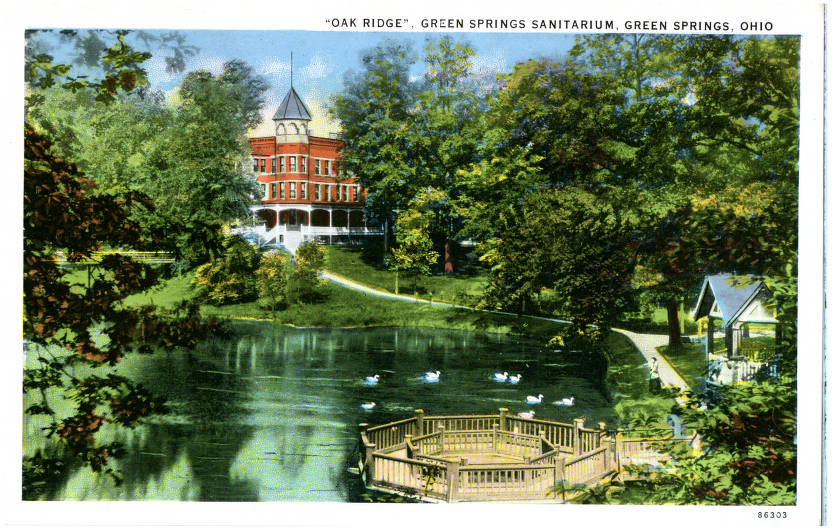
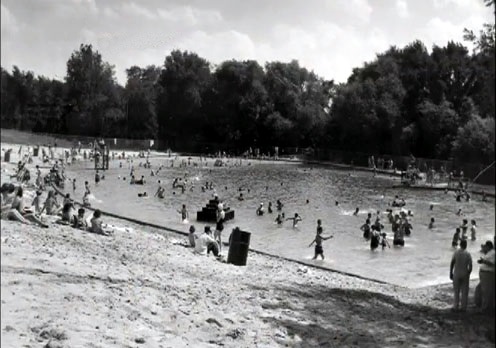
Why Platt Benedict Chapter of Rose Croix?
By Illustrious Brother Caid McKinley, Sovereign Grand Inspector General, 33°
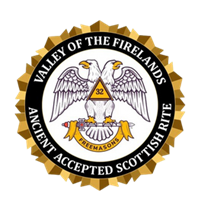 Why Platt Benedict Chapter of Rose Croix? That question is asked quite often and only very few know the answer.
Why Platt Benedict Chapter of Rose Croix? That question is asked quite often and only very few know the answer.
Platt Benedict, the scion of Captain Daniel Benedict and Sarah Hickok, entered the world on March 18, 1775, in Danbury, Connecticut. He belonged to the sixth generation of Benedicts in America and witnessed the turmoil of his era as a young child when British redcoats laid waste to his hometown, Norwalk, Connecticut. This formative experience likely played a pivotal role in his eventual founding of Norwalk, Ohio. In 1809, the state of Connecticut allocated land from its Western Reserve in Ohio, known as the "Fire Sufferers Lands," as compensation for those who had suffered losses during the British raids. This territory would later become known as the "Firelands."
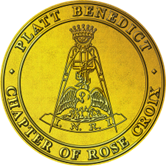 In 1817, Platt Benedict and his wife, Sally de Forest Benedict, along with their five children, became the first permanent settlers in the Village of Norwalk, Ohio. He actively encouraged skilled tradesmen, such as carpenters, brick masons, and cabinet makers, to join the burgeoning community. Benedict's contributions extended to the establishment of vital institutions, including a gristmill and a paper mill, in addition to his active involvement in local politics. He held the position of Mayor of Norwalk on four occasions and served as a Justice of the Peace for numerous years. Benedict also played a pivotal role in the founding of an Episcopal Church in 1821 and was a key figure in the establishment of the Firelands Historical Society. In 1831, he led an initiative to plant maple trees along Main Street, a decision that would earn Norwalk the moniker "The Maple City" two decades later.
In 1817, Platt Benedict and his wife, Sally de Forest Benedict, along with their five children, became the first permanent settlers in the Village of Norwalk, Ohio. He actively encouraged skilled tradesmen, such as carpenters, brick masons, and cabinet makers, to join the burgeoning community. Benedict's contributions extended to the establishment of vital institutions, including a gristmill and a paper mill, in addition to his active involvement in local politics. He held the position of Mayor of Norwalk on four occasions and served as a Justice of the Peace for numerous years. Benedict also played a pivotal role in the founding of an Episcopal Church in 1821 and was a key figure in the establishment of the Firelands Historical Society. In 1831, he led an initiative to plant maple trees along Main Street, a decision that would earn Norwalk the moniker "The Maple City" two decades later.
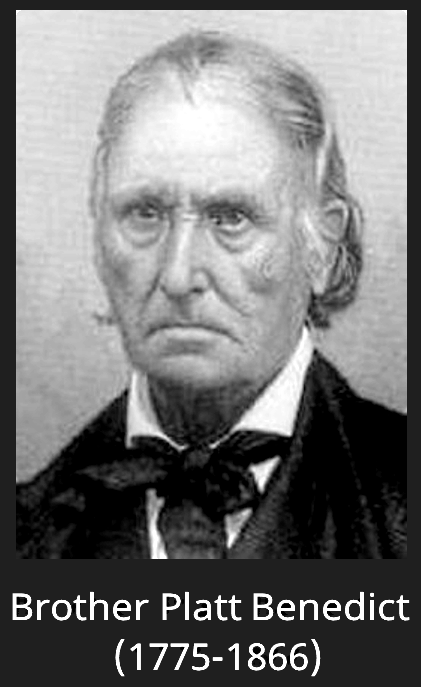 Platt Benedict's commitment to the Freemasons was unwavering, and he was a founding member of Mount Vernon Lodge No. 64 in Norwalk. His influence extended to the Grand Lodge, where he was frequently an esteemed representative of Mt. Vernon Lodge. Despite the recognition of his abilities and influence within the Grand Lodge, Benedict's intentions remained unselfish, devoid of any official aspirations. His genuine character endeared him to the Brethren of the Grand Lodge.
Platt Benedict's commitment to the Freemasons was unwavering, and he was a founding member of Mount Vernon Lodge No. 64 in Norwalk. His influence extended to the Grand Lodge, where he was frequently an esteemed representative of Mt. Vernon Lodge. Despite the recognition of his abilities and influence within the Grand Lodge, Benedict's intentions remained unselfish, devoid of any official aspirations. His genuine character endeared him to the Brethren of the Grand Lodge.
Tragically, in October 1866, while attending the Grand Encampment of Masons in Toledo, an overexertion and a cold he contracted at the time led to an illness from which he never recovered. Thousands of Freemasons from all over Ohio attended his funeral, with a special train chartered from Cleveland to convey mourners to Norwalk. The Fire Lands Pioneer fittingly described his passing: "Died at his residence, in Norwalk, Oct. 25, 1866, PLATT BENEDICT, the
venerable President of the Fire Lands Historical Society, aged 91 years, 7 months, and 7 days. The patriarch is gone! The intelligence will fall on many ears with a sad and mournful interest...May his memory be held in grateful remembrance by this whole community, who enjoys the fruits of his labors."
Platt Benedict's legacy stood as a testament to the fortitude of the Western Reserve pioneers, a man of numerous virtues whose contributions reverberate through time.
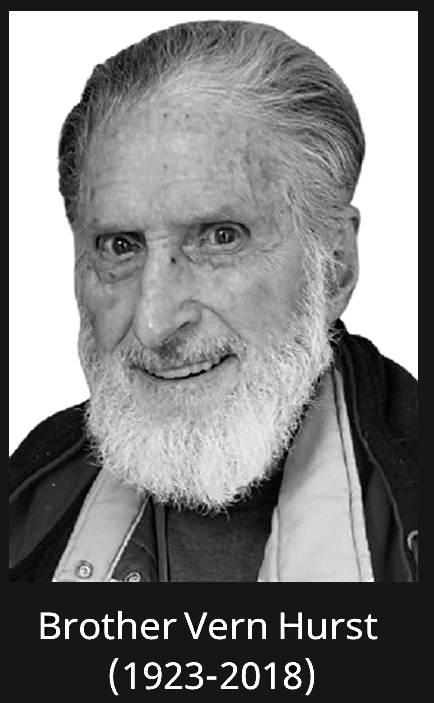 It is impossible to recount this narrative without mentioning Major Vern William Hurst, a stalwart figure in his own right. Born in Willard, Ohio in 1923, Brother Hurst served nearly three decades as a pilot in the U.S. Air Force, participating in the conflicts of World War II, Korea, and Vietnam. He undertook over 87 combat missions, with his most haunting memory rooted in the Cuban missile crisis of October 1962 when his aircraft was laden with an atomic bomb, awaiting orders from President Kennedy to drop the bomb on Cuba. Fortunately, those orders never came, sparing humanity a dire catastrophe.
It is impossible to recount this narrative without mentioning Major Vern William Hurst, a stalwart figure in his own right. Born in Willard, Ohio in 1923, Brother Hurst served nearly three decades as a pilot in the U.S. Air Force, participating in the conflicts of World War II, Korea, and Vietnam. He undertook over 87 combat missions, with his most haunting memory rooted in the Cuban missile crisis of October 1962 when his aircraft was laden with an atomic bomb, awaiting orders from President Kennedy to drop the bomb on Cuba. Fortunately, those orders never came, sparing humanity a dire catastrophe.
Brother Hurst held a profound love for Freemasonry, and he embraced the opportunity to be part of the newly established Valley of the Firelands Ancient Accepted Scottish Rite. He took immense pride in wearing his grand uncle's 32nd- degree ring. Regrettably, Brother Hurst's ill health and residence at the Ohio Veterans Home in Sandusky prevented him from attending any meetings of the Valley of the Firelands.
As it turns out, Platt Benedict was a third cousin, six times removed, of Brother Hurst. Driven by an earnest desire to honor Brother Benedict's memory, Brother Hurst, alongside another anonymous Brother, made a substantial financial contribution to the Valley of the Firelands. It was this 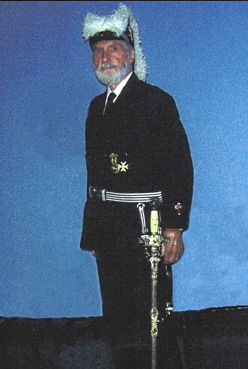 heartfelt act that led to the Chapter of Rose Croix being named in honor of Brother Platt Benedict.
heartfelt act that led to the Chapter of Rose Croix being named in honor of Brother Platt Benedict.
Why the Sandusky and the Firelands Consistory?
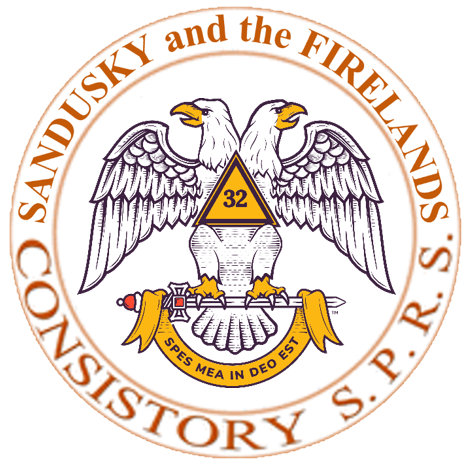 The Sandusky and the Firelands Consistory was the first of the four bodies to be named. Since the Valley itself would not bear the name of any particular city, it seemed appropriate to put the name of a central city of the Valley within the body containing its highest degrees. Many Sandusky brethren and those of nearby cities had contributed greatly to the founding of the Valley. Also, the city of Sandusky is possibly the only city that was laid out to reflect the Masonic Square and Compasses. Placing the name of this city within the Consistory name is a lasting tribute to those who labored diligently to conceive and bring into existence the Valley of the Firelands.
The Sandusky and the Firelands Consistory was the first of the four bodies to be named. Since the Valley itself would not bear the name of any particular city, it seemed appropriate to put the name of a central city of the Valley within the body containing its highest degrees. Many Sandusky brethren and those of nearby cities had contributed greatly to the founding of the Valley. Also, the city of Sandusky is possibly the only city that was laid out to reflect the Masonic Square and Compasses. Placing the name of this city within the Consistory name is a lasting tribute to those who labored diligently to conceive and bring into existence the Valley of the Firelands.
It was also fitting that the name of the body include the unique name of the central region within it. The tract known as the Firelands, or Sufferers' Lands, was located at the western end of the Connecticut Western Reserve, outlined in red on the map below, and now part of Ohio. During the Revolutionary War, British forces had burned the homes of Connecticut residents living in Danbury, Fairfield, Greenwich, Groton, New Haven, New London, Norwalk, and Ridgefield in 1779 and 1781. The Connecticut legislature set aside 500,000 acres of the Western Reserve in 1792 as the "Sufferers' Lands", and later the "Fire Lands," because the resale of the land was intended as financial restitution for their loss. The actual pioneer settlement of these lands began about 1807, and most occurred after the War of 1812. "Fire Lands" was later combined into the single word "Firelands." Some of the original townships in the Firelands took their names from locations in Connecticut. Many villages established after the War of 1812 were also named for Connecticut villages.
